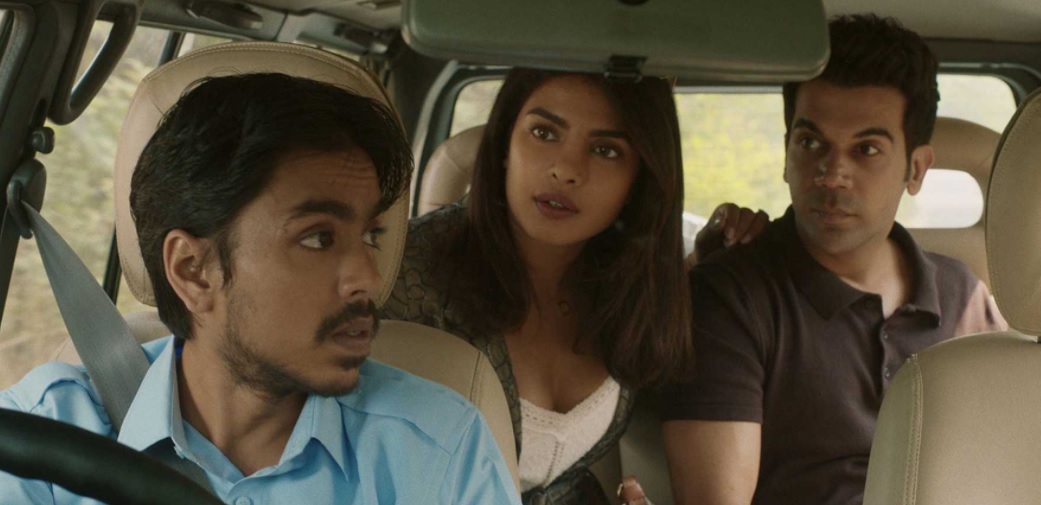The much-anticipated film saw its release in Thailand on the 22nd of January.
By Ashima Sethi
The White Tiger, adapted by Iranian-American filmmaker Ramin Bahrani from Aravind Adiga‘s 2008 bestseller and Booker Prize-winning novel, is definitely one of the more successful novel-to-film adaptations we’ve seen in recent time.
A gritty, no-holds-barred look at the rigged social and political structures that make up India, the film tells the story of Balram (played by Adarsh Gourav in a scene-stealing, standout performance), a poor but cunning driver who attempts to outsmart the country’s caste systems that ensure that the rich remain wealthy, with no opportunity for anyone else. Essentially, like a tiger breaking out of his cage.
Balram describes his situation, and those of many others like him, by comparing India’s poor to roosters in a coop, with everyone crowded together, living in squalor, and waiting for their imminent ‘slaughter’ by those higher up the ladder. Themes explored in the film include class conflict, social inequality, and wealth disparity, which ring similar to those examined by director Bong Joon-ho in his award-winning film, Parasite (2019).
The storytelling in the film relies heavily on Balram’s unfiltered narration, and his story isn’t one for the weak hearted. A protagonist that’s more of an antihero, Balram isn’t by any means a character that’s easy to like. As a poor young man destined to work as a chai wala as his family members before him, he decides to submerge himself into the world of servitude, learning to drive, and then mastering the etiquette expected from the upper echelons of society so that he can serve them. His intelligence and ambition ends up landing him a job driving for a man named Ashok, played by Rajkummar Rao and his wife, ‘Pinky Madam’, played by Priyanka Chopra.
Despite his cunning nature, Balram brings a true honesty to his work and loyalty to his bosses. However, things go south when an altercation results in Balram being betrayed, and soon his anger and his true nature begin seeping out of the ‘perfect’ persona he’s spent years trying to build. Although the narration is the main driving force for the action in the film, Paolo Carnera‘s vivid cinematography does a lot in bringing the grittiness of the story’s settings to life.
After buzz began circulating about the The White Tiger, people have naturally drawn parallels between this new release and 2008 Oscar-winning movie Slumdog Millionaire by Danny Boyle, which was adapted from the novel Q&A by Vikas Swarup. However, despite their surface level similarities, the tone of Bahrani’s film is considerably darker and more cynical than that of the Boyle’s. Unlike Jamal, whose intentions are to reach out to the love of his life Latika by appearing on India’s version of Who Wants to be a Millionaire? The protagonist at the centre of The White Tiger becomes entangled in a web of deceit, theft, and violence that grows to an unsettling crescendo by the latter half of the movie.
Many critics have even claimed that the film actually acts as an antithesis to the feel-good circumstances of Slumdog Millionaire, an “Anti-Slumdog Millionaire’ so to speak, in which there is no relief for the poor. In the film itself, Balram makes it clear to viewers with the mention of: “Don’t think for a second there’s a million-rupee game show you can win to get out…for the poor, there are only two ways to get to the top: crime or politics,” a tough sentiment to digest but one that resonates with modern India. Star rating: 7/10
IMDB rating: 7.2/10
Rotten Tomatoes: 90% out of 100%
The White Tiger can be streamed on Netflix.






